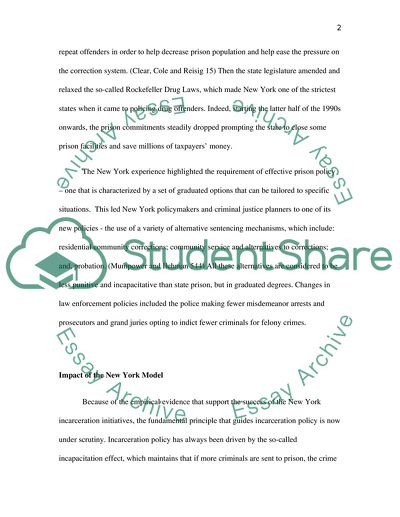Cite this document
(“Moral Panics for the Current Mass Imprisonment in the United States Essay”, n.d.)
Moral Panics for the Current Mass Imprisonment in the United States Essay. Retrieved from https://studentshare.org/law/1559927-5-page-in-depth-essay-on-any-topic-of-criminal-justice-system-of-new-york
Moral Panics for the Current Mass Imprisonment in the United States Essay. Retrieved from https://studentshare.org/law/1559927-5-page-in-depth-essay-on-any-topic-of-criminal-justice-system-of-new-york
(Moral Panics for the Current Mass Imprisonment in the United States Essay)
Moral Panics for the Current Mass Imprisonment in the United States Essay. https://studentshare.org/law/1559927-5-page-in-depth-essay-on-any-topic-of-criminal-justice-system-of-new-york.
Moral Panics for the Current Mass Imprisonment in the United States Essay. https://studentshare.org/law/1559927-5-page-in-depth-essay-on-any-topic-of-criminal-justice-system-of-new-york.
“Moral Panics for the Current Mass Imprisonment in the United States Essay”, n.d. https://studentshare.org/law/1559927-5-page-in-depth-essay-on-any-topic-of-criminal-justice-system-of-new-york.


